As devoted cat owners, we prioritize our feline friends’ well-being and seek to provide them with the best possible diet.
However, with the plethora of human foods and ingredients available, it’s essential to discern which ones are safe for our cats and which should be avoided.
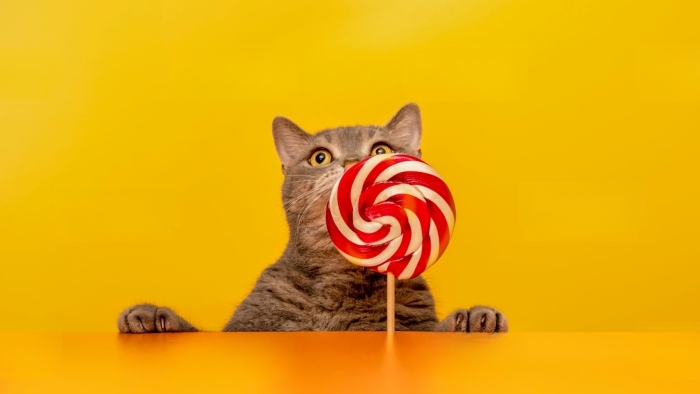
Maltitol, a commonly used sugar substitute, has raised questions about its suitability for feline consumption.
In this article, we will delve into the topic of whether maltitol is safe for cats and provide insights into the potential risks and benefits.
Understanding Maltitol
Maltitol is a sugar alcohol frequently employed as a sugar substitute in various sugar–free and reduced–calorie products.

Its sweet taste and lower calorie content compared to regular sugar make it an attractive option for individuals looking to manage their sugar intake.
Maltitol is often found in sugar–free candies, baked goods, and other diet–friendly items[1].
Is Maltitol Safe for Cats?
Maltitol is not recommended for cats. Cats have a unique metabolism, and their digestive systems are not equipped to process sugar alcohols like maltitol efficiently[2].
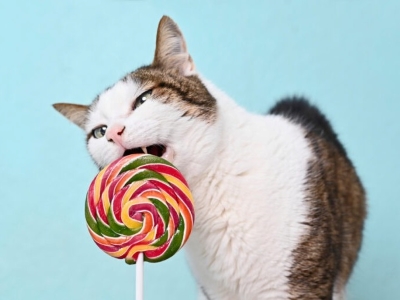
While maltitol is sometimes used as a sugar substitute in human products, its effects on cats can be unpredictable and potentially harmful.
Ingesting even small amounts of maltitol could lead to gastrointestinal distress, including vomiting and diarrhea, as well as other adverse reactions.
The Side Effects of Maltitol for Cats
Maltitol is not well absorbed by the intestines of cats, which means it can cause gastrointestinal (GI) distress or diarrhea[3].
This is because maltitol draws water into the colon and acts as a laxative.
It can also cause gas, bloating, cramping, and abdominal pain in some cats.
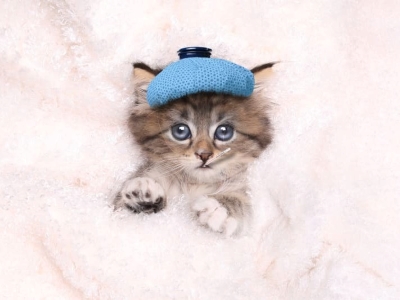
The severity of these symptoms depends on the amount of maltitol ingested and the individual sensitivity of the cat.
Some cats may tolerate small amounts of maltitol without any issues, while others may react to even a tiny dose.
Similar to xylitol, maltitol can likewise have an impact on cats‘ blood sugar levels[4].
Maltitol can induce a gradual rise in blood sugar, whereas xylitol causes a sharp decrease.
This happens as a result of the liver’s gradual conversion of maltitol to glucose.
Since it may affect how their glucose is regulated and their ability to take medicine, this may be an issue for diabetic cats or cats that have insulin resistance.
How Much Maltitol Is Too Much for Cats?
There is no definitive answer to how much maltitol is too much for cats, as different cats may have different reactions to it.
However, some general guidelines are:
- For cats, 0.3 grams per kilogram of body weight per day is thought to be the safe dosage of maltitol.
This suggests that a 5-kg cat may safely ingest around 1.5 grams of maltitol per day, which is comparable to roughly a half–teaspoon of maltitol syrup or one piece of sugar–free gum.
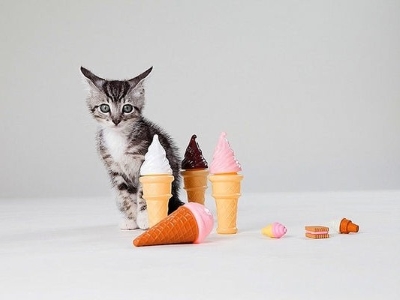
- The recommended daily dose of maltitol for cats as a laxative is thought to be 0.5 grams per kilogram of body weight.
This implies that if a 5-kg cat consumes more than 2.5 grams of maltitol per day—roughly one teaspoon of maltitol syrup or two pieces of sugar–free gum—they may have diarrhea.
- The toxic dose of maltitol for cats is unknown, but it is likely to be much higher than the laxative dose.
However, consuming excessive amounts of maltitol can cause dehydration, electrolyte imbalance, hypovolemia (low blood volume), and hypotension (low blood pressure) in cats.
These conditions can be life–threatening if not treated promptly.
How to Prevent Maltitol Poisoning in Cats
The best way to prevent maltitol poisoning in cats is to avoid giving them any products that contain maltitol or any other artificial sweeteners.
Always read the labels of the food and non-food items in your home and keep them out of your cat’s reach[5].
Some common sources of maltitol are:
- Sugar-free candies, chocolates, cookies, cakes, ice cream, and other desserts
- Sugar-free chewing gum, mints, breath fresheners, and lozenges
- Sugar-free cough syrups, tonics, and vitamin preparations
- Sugar-free toothpaste, mouthwash, dental floss, and oral care products
- Sugar-free peanut butter, jam, jelly, and other spreads
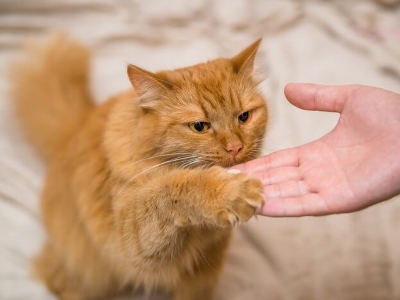
If you suspect that your cat has ingested maltitol or any other artificial sweetener,
- Contact your veterinarian immediately or call a pet poison helpline.
- Do not induce vomiting unless instructed by a professional.
- Provide your cat with plenty of water and monitor their symptoms closely.
Consulting a Veterinarian
Before sharing any human food or ingredient with your cat, especially one like maltitol, it’s crucial to consult a veterinarian.
Each cat is unique, and their health status, age, and individual sensitivities play a role in determining their dietary requirements.
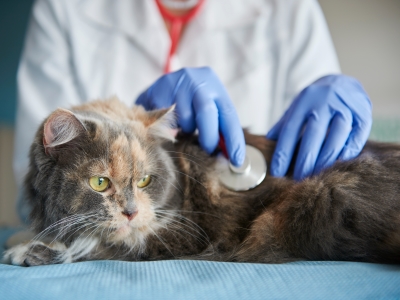
To ensure your cat’s safety and well-being:
- Read Labels
Carefully review ingredient labels to identify products containing maltitol or other sugar substitutes.
- Moderation
If your veterinarian approves, consider introducing a minuscule amount of a maltitol-containing treat and observing your cat’s response.
Watch for any adverse reactions.
- Cat-Friendly Alternatives
Explore treats formulated specifically for cats, avoiding ingredients that could potentially harm them.
- Special Considerations
If your cat has health issues such as diabetes, obesity, or gastrointestinal sensitivities, consulting a veterinarian is paramount before introducing any new ingredient.
FAQs
Is maltitol toxic to cats like some other sugar substitutes?
Maltitol is not considered highly toxic to cats, but it can cause digestive upset and other issues. However, some other sugar substitutes, like xylitol, can be extremely dangerous to cats in even small amounts.
Can maltitol affect a cat’s blood sugar levels?
Maltitol has the potential to influence blood sugar levels in cats, similar to how it affects humans. Cats’ metabolic processes can vary, so it’s wise to monitor any changes in your cat’s health after consuming maltitol-containing treats.
What are the signs that a cat may be sensitive to maltitol?
Signs of maltitol sensitivity in cats can include an upset stomach, diarrhea, gas, and changes in behavior or energy levels. If you notice any of these symptoms after your cat consumes a treat containing maltitol, discontinue use and consult your veterinarian.
Can maltitol contribute to weight gain in cats?
Maltitol does contain calories, albeit fewer than regular sugar. If given excessively, maltitol-containing treats can contribute to weight gain in cats, especially if their overall calorie intake is not adjusted accordingly.
Can maltitol negatively affect a cat’s coat or skin health?
There’s no direct evidence linking maltitol to coat or skin issues in cats. However, if you notice any changes in your cat’s coat or skin after introducing maltitol-containing treats, consult your veterinarian.
Conclusion
The question of maltitol’s safety for cats involves careful consideration of their unique dietary and metabolic traits.
While maltitol may not pose an immediate toxicity risk, its potential to cause digestive issues and other concerns should not be taken lightly.
Responsible cat ownership entails prioritizing their nutritional needs and consulting a veterinarian before introducing new ingredients into their diet.
When it comes to our beloved feline companions, their health and well-being are always at the forefront of our decisions.
Reference:
- What is Maltitol? | Food Insight
- Cat Metabolism: How it Affects Your Feline Friend |
Hill’s Pet Nutrition - Gastroenteritis in cats | VCA Animal Hospitals
- Feline diabetes | Cornell University College of Veterinary Medicine
- People foods cats can eat | WebMD

Dave is our best team member when it comes to taking care of pets on daily basis. This is because he used to be a full-time pet sitter before joining CatLikesBest. Besides contributing his precious knowledge on cat care tips and everyday-use pet products, he still does pet sitting as part of his hobby in his free time.

